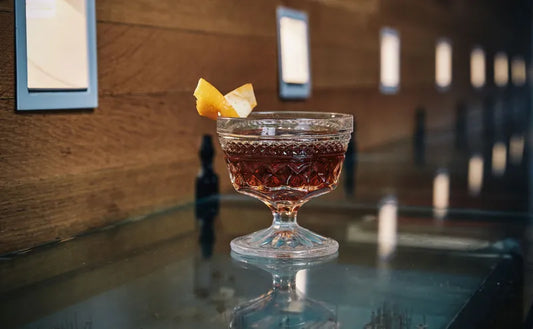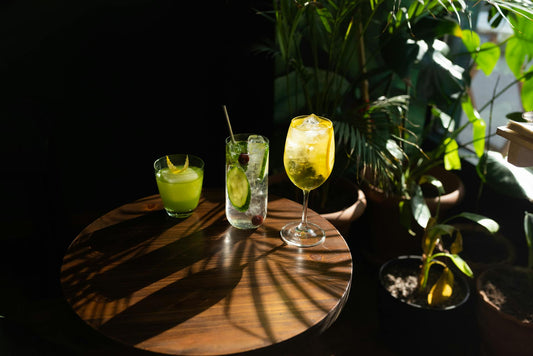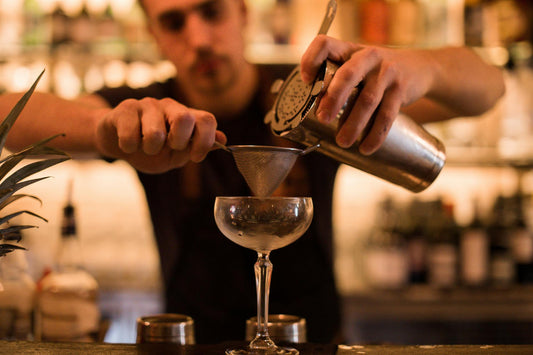Marine Paloma: Refreshing Non-Alcoholic Summer Cocktail
SWEET to SOUR
(1-10)
STRENGTH
(1-10)
CALORIES
STANDARD
DRINKS
Note: these values are approximate and may vary dependent on the ingredients and brands you use.
More information...
The Marine Paloma is a refreshing and innovative non-alcoholic cocktail that captures the essence of summer in a glass. This delightful drink is perfect for those who wish to enjoy a sophisticated beverage without the effects of alcohol. The Marine Paloma is crafted using Everleaf Marine Non-Alcoholic Aperitif, a unique spirit that draws inspiration from the ocean, featuring a blend of botanicals that evoke the sea, such as seaweed and other marine flavors. This aperitif is complemented by the zesty and invigorating Thomas Henry Pink Grapefruit soda, which adds a vibrant splash of color and a tangy sweetness to the mix.
To prepare the Marine Paloma, one simply fills a glass with ice, creating a chilled base that enhances the drink's refreshing qualities. The first step is to pour in 50 ml of the Everleaf Marine Non-Alcoholic Aperitif, which serves as the foundation of the cocktail. This aperitif is not only alcohol-free but also rich in flavor, making it an excellent choice for those who want to indulge in a complex taste experience without the alcohol content. Following this, 150 ml of Thomas Henry Pink Grapefruit soda is added, introducing a bubbly effervescence that dances on the palate. The combination of the herbal and slightly salty notes from the aperitif with the bright, citrusy flavor of grapefruit creates a harmonious balance that is both refreshing and satisfying.
Once the ingredients are combined, a gentle stir is all that is needed to meld the flavors together. For an added touch of elegance, a slice of grapefruit can be used as a garnish, enhancing the visual appeal of the drink while also providing an aromatic hint of citrus. The result is a cocktail that not only looks stunning but also tastes incredible, making it a perfect choice for summer gatherings, picnics, or simply a relaxing afternoon at home.
With only 80 calories per serving and 0% alcohol by volume, the Marine Paloma is a guilt-free indulgence that allows you to enjoy the social aspects of cocktail culture without the drawbacks of alcohol. This makes it an ideal option for designated drivers, those who are abstaining from alcohol for health reasons, or anyone who simply wants to enjoy a delicious drink without the buzz. The nutritional value is appealing as well, with no grams of pure alcohol, making it a safe choice for all.
The taste profile of the Marine Paloma leans towards the sweet side, thanks to the grapefruit soda, but it is balanced by the herbal notes of the Everleaf aperitif, which adds depth and complexity. This drink is a testament to the growing trend of non-alcoholic beverages that do not compromise on flavor or experience. As more people seek out alternatives to traditional cocktails, the Marine Paloma stands out as a refreshing option that is both sophisticated and enjoyable.
In conclusion, the Marine Paloma is not just a drink; it is an experience that encapsulates the spirit of the ocean and the joy of summer. Whether enjoyed on a sunny patio or at a lively gathering, this cocktail is sure to impress and satisfy, proving that you can have a delightful drink without the alcohol.



